Your cart is currently empty!
Category: How Things Grow
-
Apple Aged

There is one apple left on the apple tree. After going through fall, a week of snow, freezing temperatures, rain and more rain, it’s still hanging on. Aged apple. When will it finally drop?
It looks like an asteroid that has traveled through many solar systems. I might look like that too if I spent all winter outdoors, unprotected from the elements.
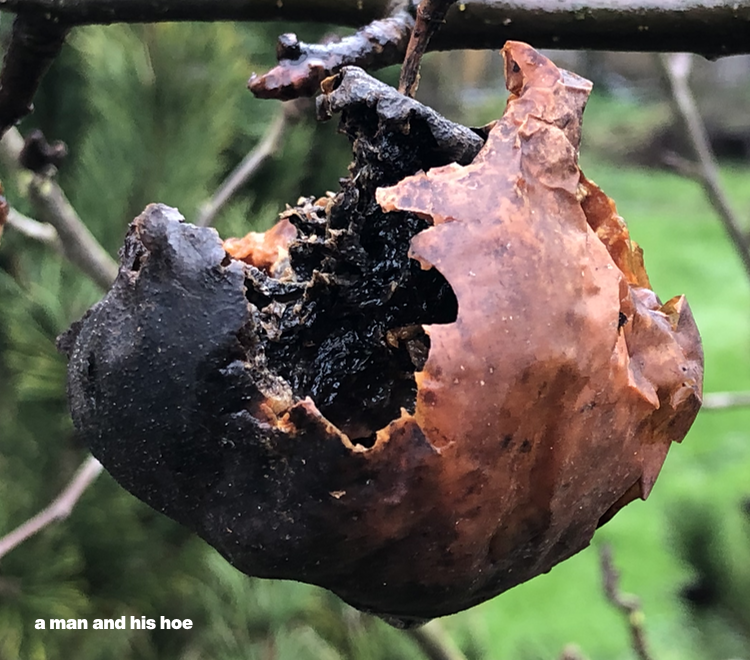
-
Worries Away
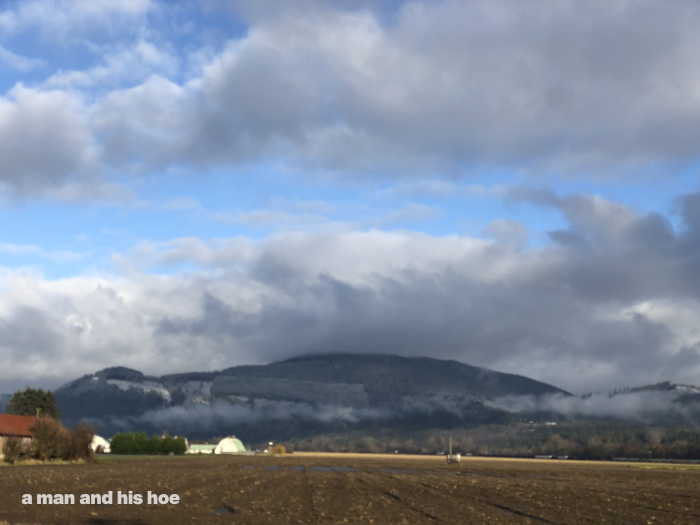
Light snows during the night and on the surrounding hills were of concern when the forecast was calling for bitter cold starting Sunday night. Since mid week some forecasts called for morning lows down to 5ºF/-15ºC this coming Tuesday and Wednesday. What a relief to check the forecast a short time ago and see the coldest forecast call for a low of 20ºF/-7ºC on Monday.
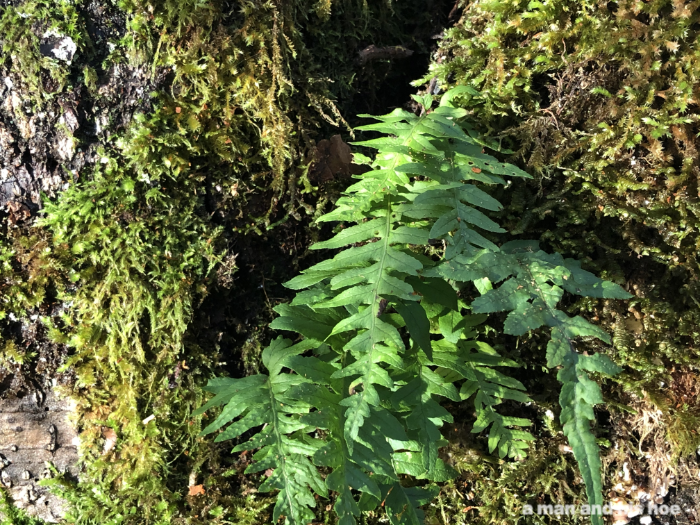
In the woods a baby fern has found a lovely home in a dying tree. Trees die as slowly as they grow. Over the years they weaken, their branches fall, and all sort of things thrive on their dying frame. They become so covered with living things, mosses, ferns, mushrooms, that in a way they live on for years after they are dead.

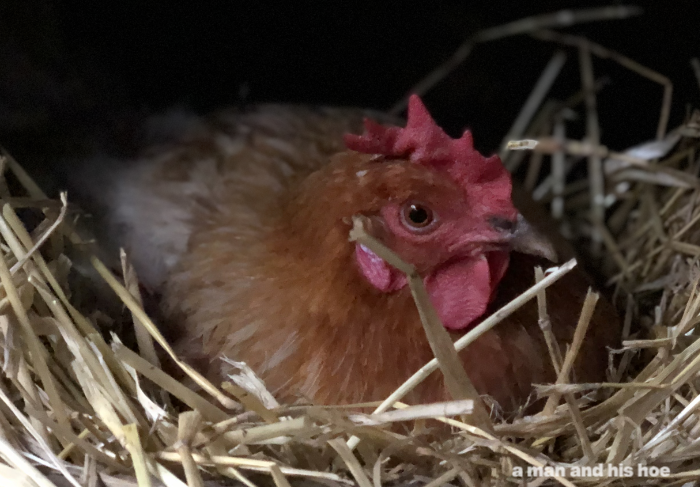
-
December Blue and Green
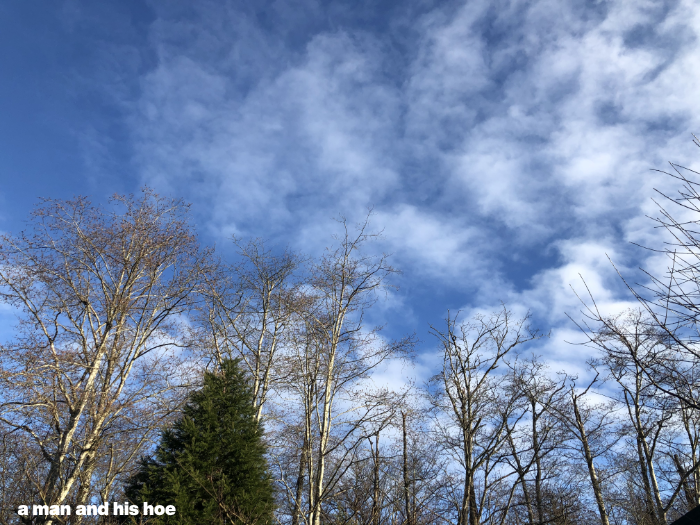
Quite a spectacular morning for late December. It’s like a brilliant spring day.
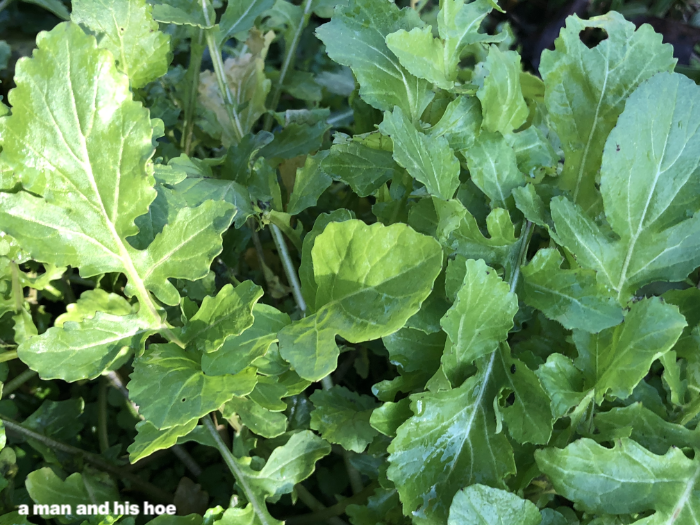
The hard frosts in October and November didn’t kill off the arugula and having a bed of fresh arugula in winter is a treat. Other hardy greens like Komatsuna 小松菜 are doing well too. A feast for this time of year.
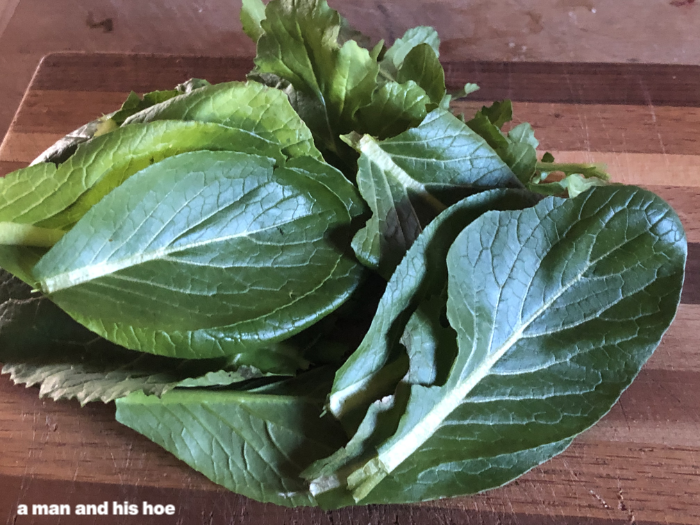
-
Frosty
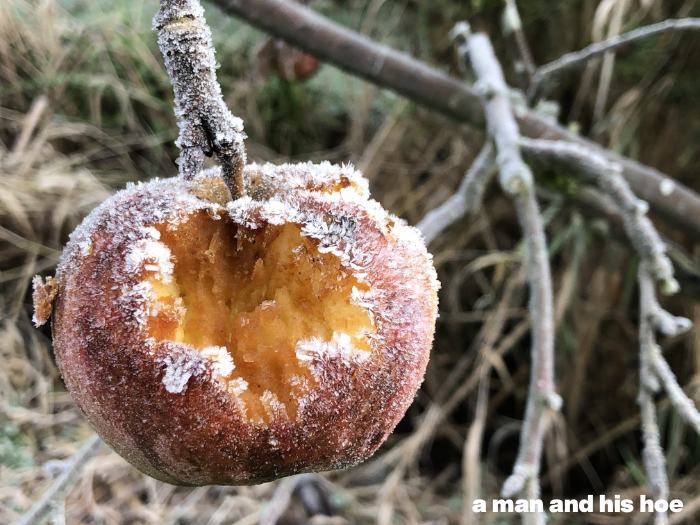
Thursday morning was frosty for a change. The Flickers, Jays, and other birds have yet to finish eating all the apples. This morning Spotted Towhees are making a breakfast of this apple.
For December, mornings have been mild. In some years, in the shade the frost doesn’t melt from day to day and accumulates to look like snow. Not this year.

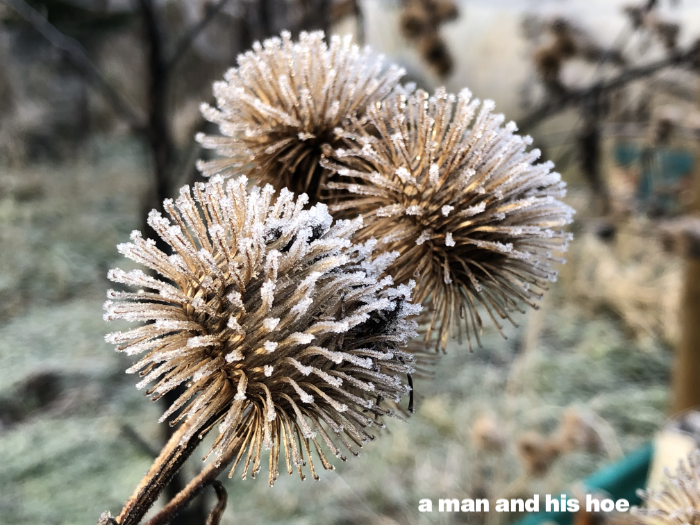
Gobo ゴボ (burdock) is worth growing for it’s spiky seed pods. They become sparkling jewels on a frosty morning.
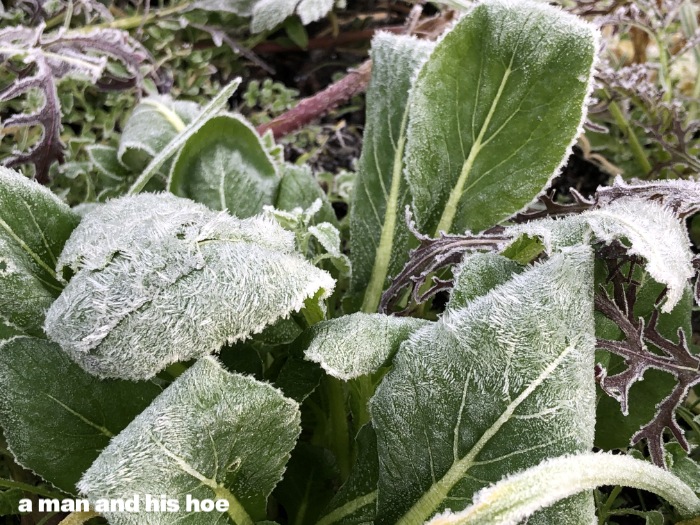
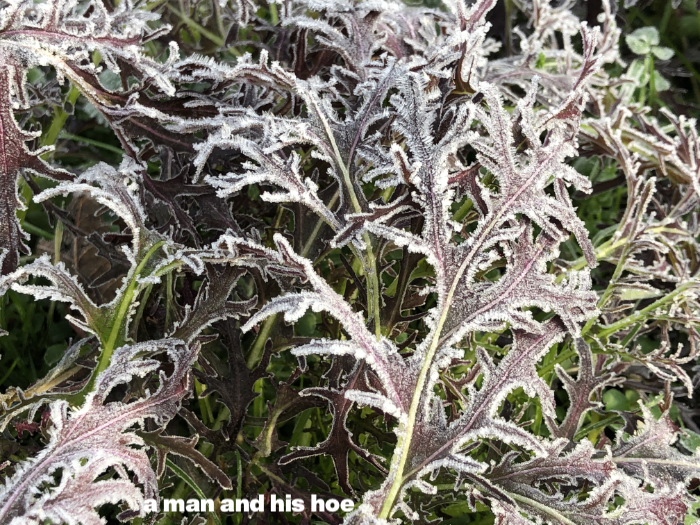
-
OK, Boomer

The weak December sun filters through the woods, casting long shadows. Less than a week and the shadows will shorten, the sun rays strengthen, and the chickens will get up earlier.

Even though Swans have an affinity for muddy fields, they somehow manage to keep their feathers snow white. Do the grey young ones impatiently wait for their feathers to become white like their parents’ feathers. With their heads so far from the rest of their bodies, I wonder what sort of out-of-body experiences swans have. In a way, they’re always looking down and seeing their bodies a long way off.
One of these years, and I will probably live to see it, the swans will return to find their wintering fields under the water of the Sammish sea. These muddy fields on Fir Island have but a few decades left before they are at the bottom of the encroaching bay.
The news today is that no agreement on reducing CO2 emissions could be made at the COP25 meetings in Madrid. Those making money on burning fossil fuels refuse to let any progress be made. The world has a strange economic system. Those getting wealthy are more addicted to their wealth than they are to the survival of their offspring. They’d rather let the seas rise and flood the homes of hundreds of millions, destroy cities, and let all of us suffer the consequences of a planet warming too fast for us and all other life to adjust. Future generations will never forgive them. They will be saying things much worse than, “OK, Boomer.”

Buttercup has gone back to laying eggs after rearing her chicks. And I’m beginning to find Welsummer eggs. The Welsummer chicks I got at the end of spring are starting to lay. New Welsummer eggs are a great way to end the year.
